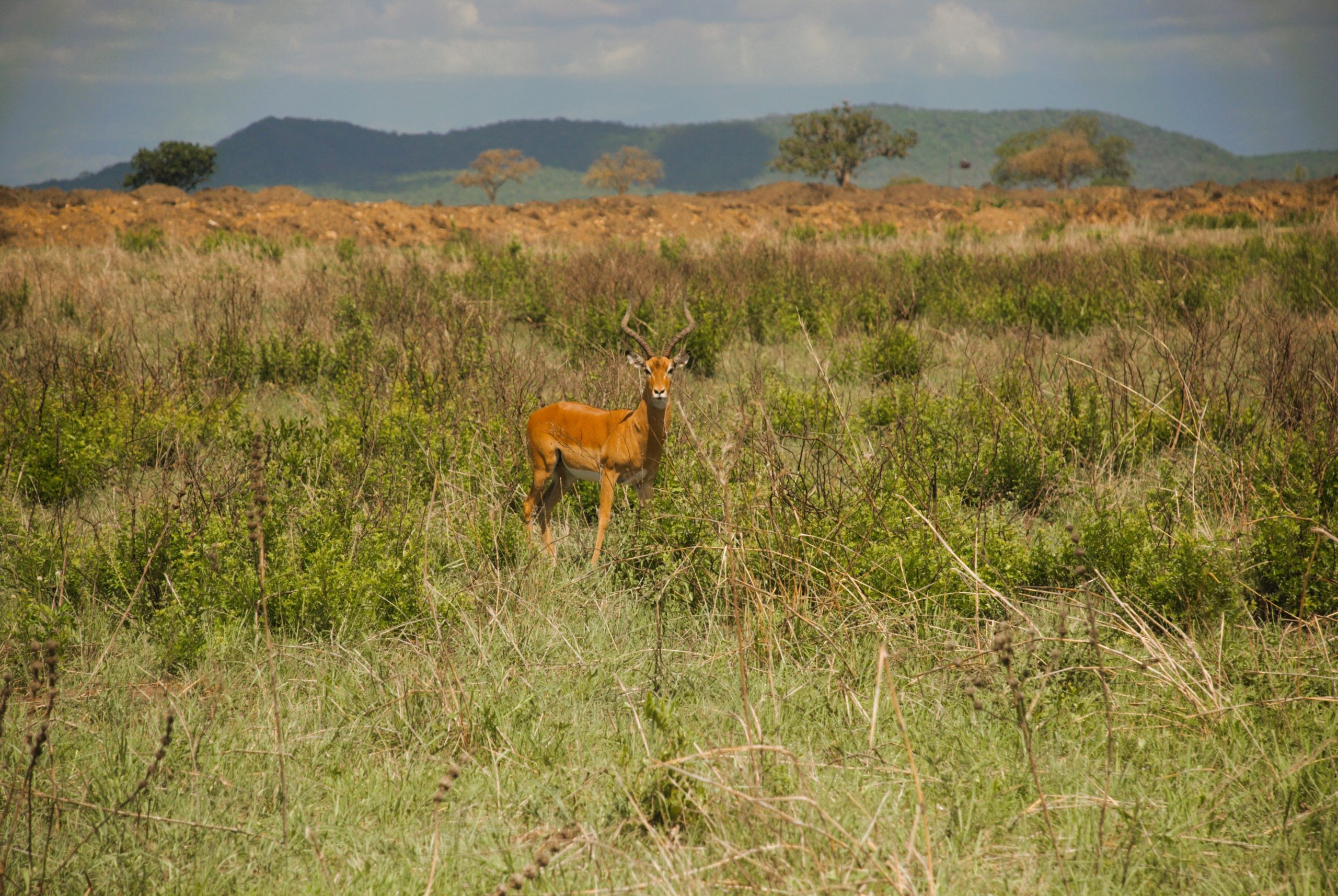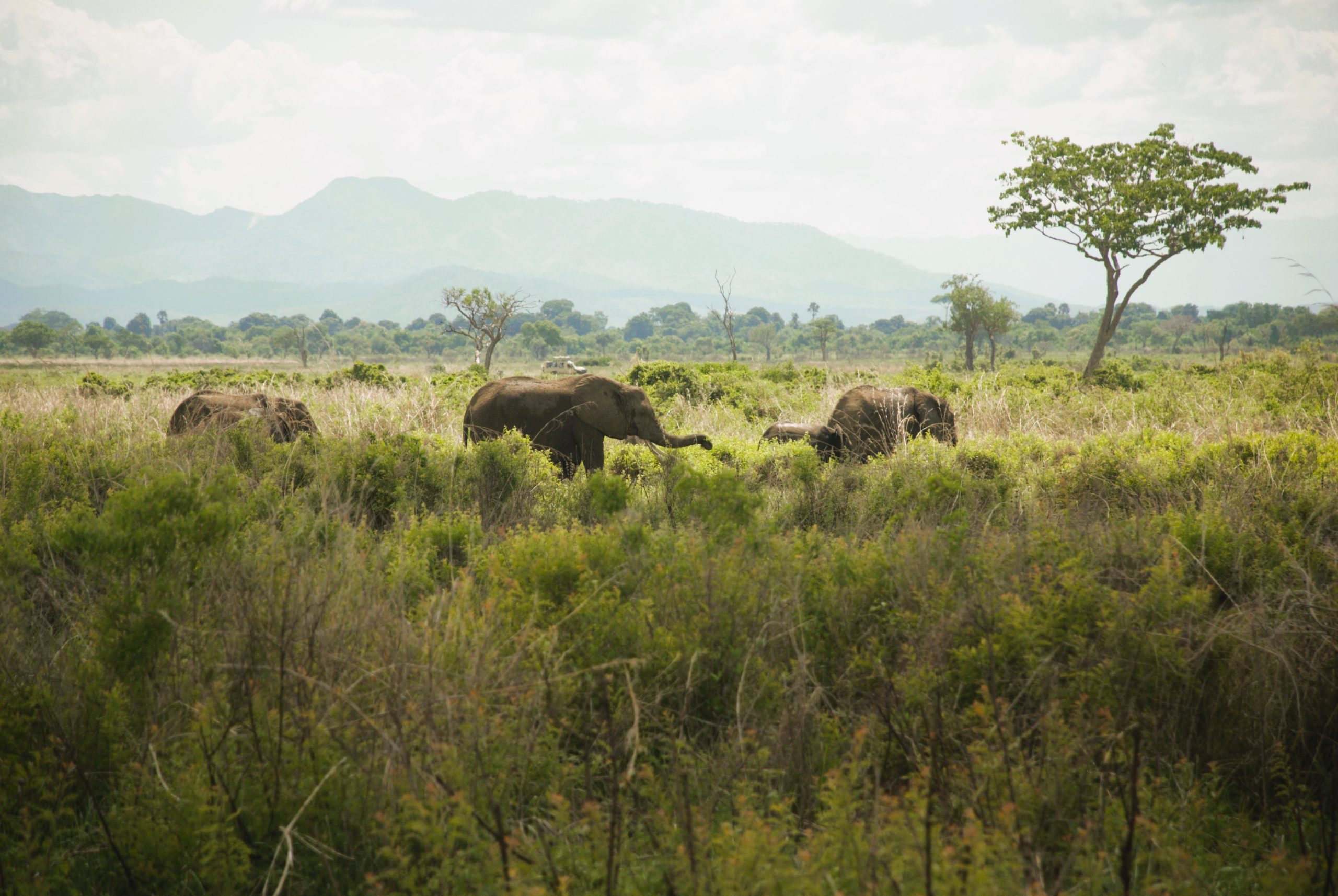Male impalas are a fascinating part of the African wildlife scene. They are designed for competition and reproduction, with their horns and territorial behaviors playing crucial roles in their lives. Consider some few characteristics about them
- Distinctive Horns:
- A prominent feature of male impalas is their long, graceful, lyre-shaped horns. These horns are used in displays of dominance and in fights with other males, especially during the mating season.
- The horns serve both as weapons in combat, and as a way to show off their strength.
- Social Structure:
- Male impalas exhibit varying social behaviours depending on the season and resource availability.
- During the breeding season, dominant males establish territories and gather harems of females. They vigorously defend these territories against rival males.
- Outside of the breeding season, males may form bachelor herds.
- Territorial Behaviour:
- During the rut (mating season), mature male impalas become highly territorial. They mark their territories with urine and feces and defend them fiercely.
- They engage in displays of aggression, including roaring, snorting, and physical combat, to assert their dominance.
- Role in Reproduction:
- The primary role of dominant male impalas is to mate with females and ensure the continuation of their lineage.
- They compete with other males for access to females, and their success in these competitions determines their reproductive success.
- Physical Characteristics:
- Males are generally larger than females.
- They have a reddish-brown coat with white underbellies and black markings.
- They have scent glands that they utilize for marking territory, and for communicating with other impala.




Leave a Reply